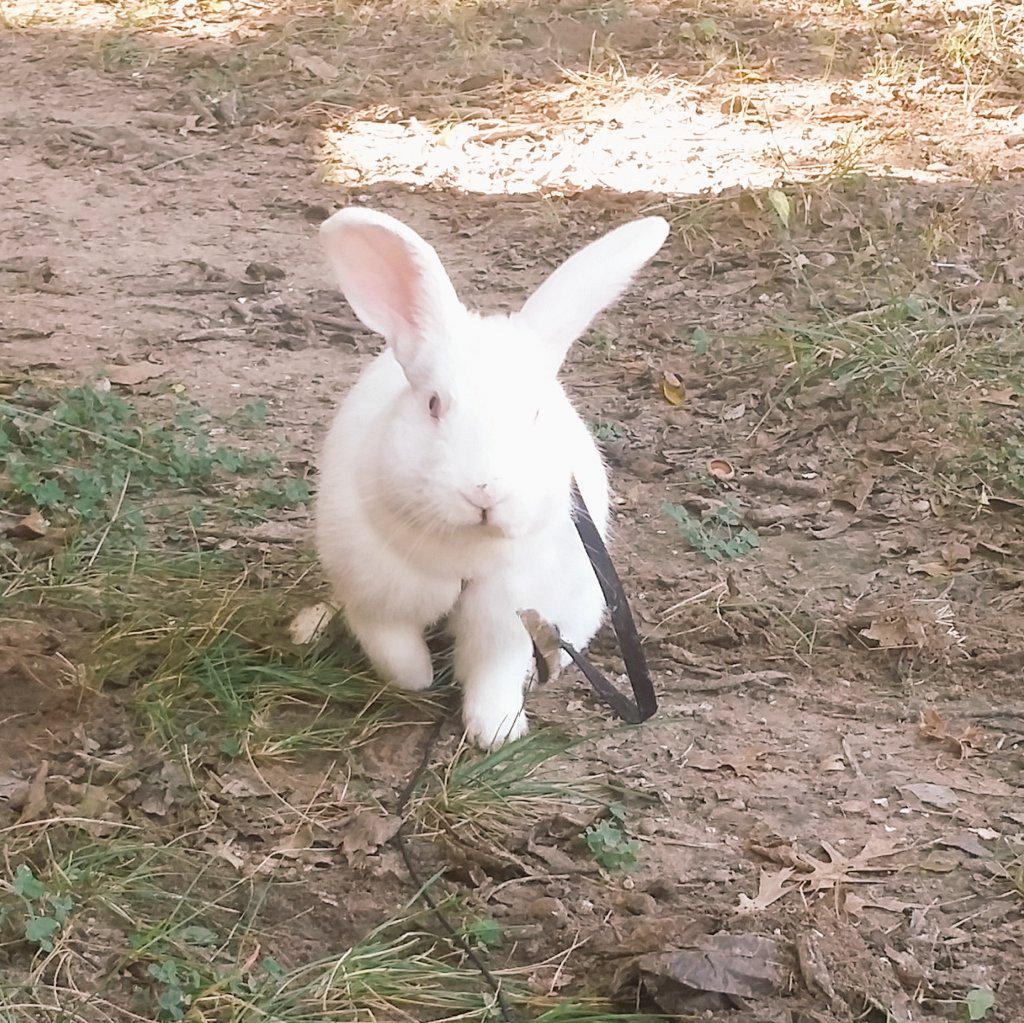This story is a retelling of The Buffalo and the Grizzly Bear from the Great Plains unit. A buffalo is standing around, minding his own business, when a grizzly attacks him claiming that the buffalo has been talking trash. The buffalo denies this and the bear starts to walk away. The buffalo wonders why the bear would think such a thing, the bear hears this thought, and comes back and attacks the buffalo again. The buffalo then starts to back up and the grizzly says "Don't run away!" And then the buffalo charged and gored the grizzly.
For this storytelling, I added a hockey twist. This story essentially became an extended metaphor. So there are descriptions of the players from the Buffalo Sabres and the Boston Bruins as their respective mascots. I featured Jack Eichel, an American player who went 2nd overall in the 2015 draft, and his teammate Evander Kane.
This also jumps around a bit in the timeline and are divided with "-x-" while sections divided by "-" take place within the same time period.
The Sabres haven't actually played the Bruins yet this season, so we'll see how it goes. They're a pretty brutal team to play against. If you have any questions about hockey terminology, just ask!
 |
| Evander Kane (#9) and Jack Eichel (#15) |
-z-
Jack Eichel snorts and shakes his head.
Let the bears out on the ice roar all they like.
He’s ready for them.
-x-
Jack’s first trip out onto NHL ice had been on unsteady legs – the same as any young bison. And just as the same as any young bison.
Not living up to the hype, he’d heard the old dogs whisper. What a waste.
He stumbled, he slipped and slid as he battled along the boards.
At first.
But then he found his legs – pushing out the roar of the crowd and the bellow of their expectations. He remembered to just play the game; he remembered to deke and dance with the puck – and then the puck was in the back of the net and his herd was surrounding him. They pull him in for a crushing hug as they shout in congratulations.
-x-
The grizzly tries to stare him down.
Jack just smirks.
-x-
His legs are young, but he’s growing into them. Around him, his herd is assured and confident – protective.
They keep him tucked in close until it’s time for him to take to the ice again. And even then, they hardly allow anyone too close.
Highly touted rookies were too often on the receiving end of illegal hits meant to injure. Evander, a bull in the middle of his prime, takes to shadowing Jack’s every move – knocking away any of the opposition he saw getting too close.
-x-
Jack doesn’t see the bear coming up behind him – just feels his head snap first against the glass and then against the ice, the air knocked from his lungs.
There’s a flurry of motion and he turns his head just enough to see that Evander has a bear in a headlock. But the linesmen are quick to separate them and the bear skates away with a smile and a wink at Jack.
Jack snorts and shakes his head, lets Evander pull him back up to his feet.
“See you in two,” Evander says to Jack before he’s skating over to the penalty box.
-
The second hit comes when Jack’s got the puck on his stick. He’s sizing up the goalie, picking his spot, and just when he’s about to release – Jack’s vision suddenly swings wide and he’s staring up the bright rafter lights.
He doesn’t stare long.
Jack’s still sliding along the ice as he rolls over, gets his legs underneath him, and charges. He ignores the coach calling him back to the bench – ignores the way his muscles are screaming at him for taking this extra shift on the ice.
But there’s a young grizzly cub, a fellow rookie, who has the puck and it’s just too easy to strip it from him – and head back down to the other end of the ice.
He pumps his legs, puts his head down, and charges – he dances around the first defenseman and then a second, and then he’s facing down the hulk of their goalie. He fakes Rask out, gets him to drop to a knee – and then with a quick flick of his wrist, the puck is in the back of the net.
-
Jack is on the bench, the bears on the ice circling and snarling. He snorts and shakes his head.
Let them roar all they like.
He’s ready for them.
-z-
End.
-z-
Bibliography: Myths and Legends of the Great Plains by Katharine Berry Judson (1913).






































